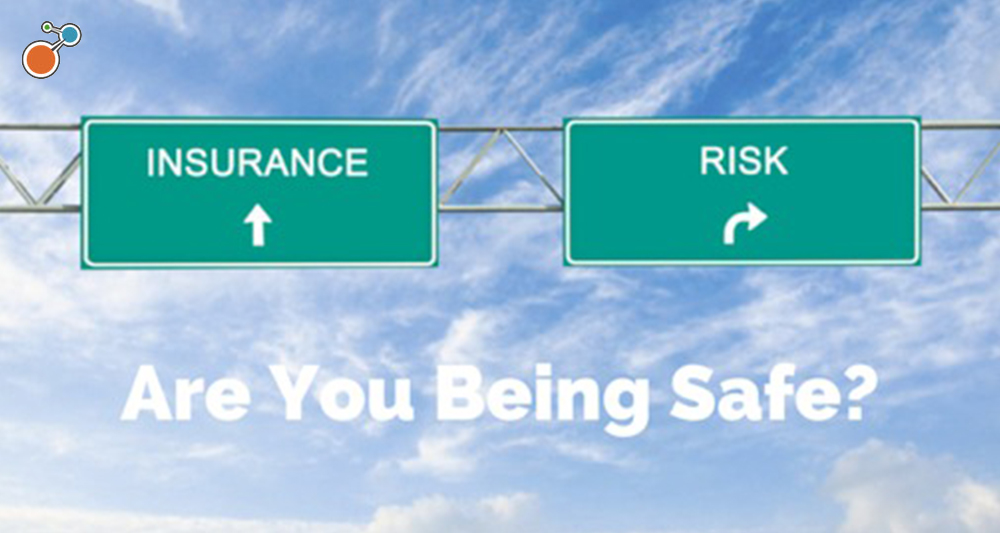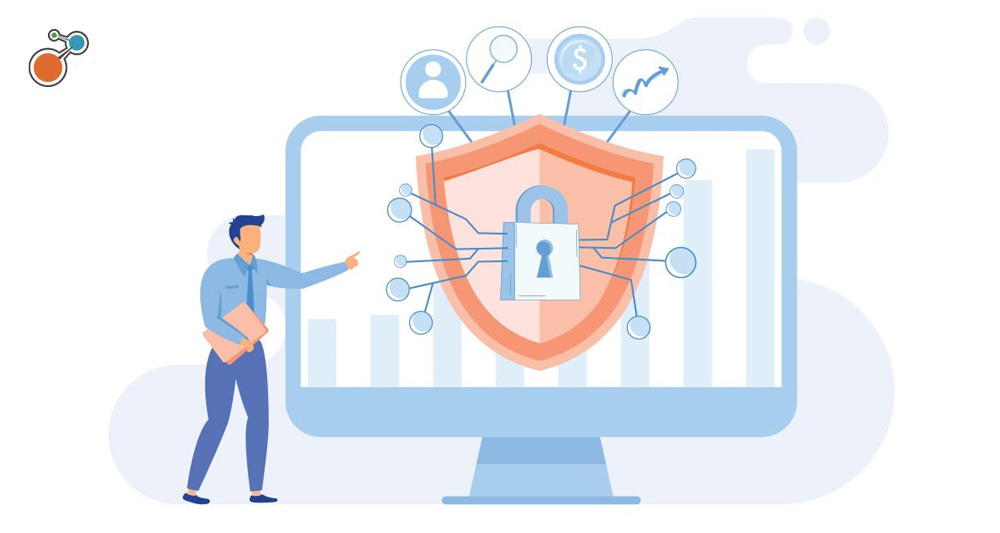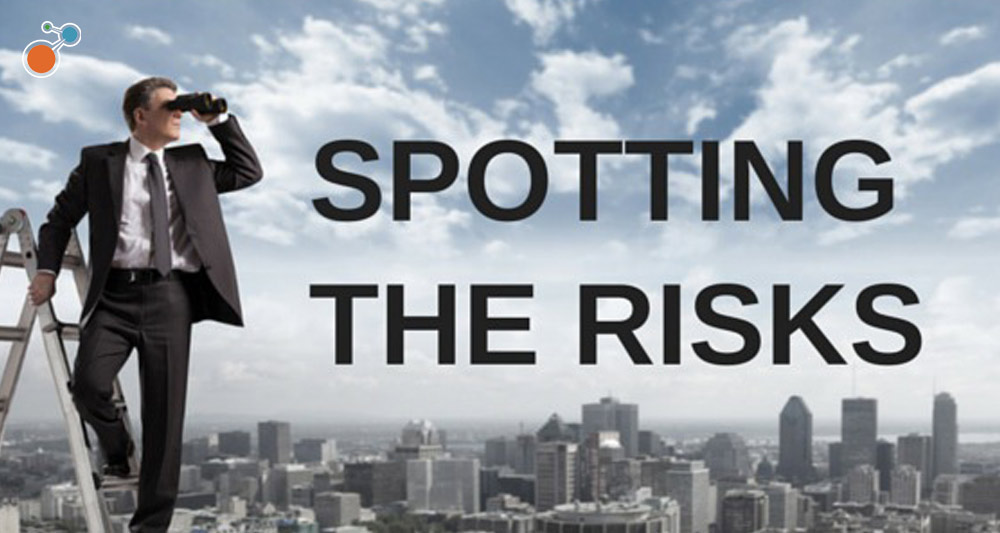What Are The 3 Most Common Workplace Injuries?
June has arrived! And so has National Safety Month, an initiative on behalf of the National Safety Council to reduce the leading causes of injury and death at work, on the road and in homes and communities.
We know employers struggle with safety risk management at their organizations day in and day out. In fact, every seven seconds a worker is injured on the job, resulting in 99,000,000 production days lost to work-related injuries in 2014, according to the most recent data from the National Safety Council.
That’s a problematic burden for employers to shoulder. So, in the spirit of National Safety Month, here are the National Safety Council’s list of top three workplace injuries and our thoughts on how risk management technology can help:
- Overexertion: 35% of injuries stem from workers overexerting themselves — doing things like lifting or lowering objects, and engaging in repetitive motions.
- Contact with objects/equipment: 25% of injuries stem from workers being struck by or against an object or equipment; getting caught in or compressed by objects or equipment; being struck, caught or crushed by a collapsing structure, equipment or material.
- Slips Trips and Falls: 25% of injuries also stem from falls to a lower level or falls from the same level.
How Risk Management Technology Can Help You
Risk management technology that includes a health and safety management solution can help you tackle these issues, and safety in general, in a variety of ways.
Correct How You Manage Corrective Actions
Technology will help you easily facilitate corrective actions — creating simple and automatic processes for recording data, updating the status of any corrective activities, and escalating any issues up the chain to make sure they aren’t overlooked, but rather, completed in a timely manner.
For instance, if data within your risk management information system indicates slips, trips and falls continually occur in a certain location in your organization’s building, the system can automatically trigger an alert of heightened activity.
From there, it can automate all necessary follow up activities — like instructing maintenance personnel to put down a slip resistant mat in the area, and then tracking whether that action has been completed, and then even allowing you to easily and immediately compare data to see if the corrective action is having an impact on the the slip, trip and fall numbers or whether you need to reassess.
Keep Safety Training at the Forefront of Risk Management
Risk management technology with a health and safety management solution can also track if the appropriate safety training has been completed by the appropriate personnel and if it’s having an impact.
For example, you can provide training to employees on how to reduce the risk of overexertion, and then use the technology to track whether employees are completing the training, as well as track the training program’s effectiveness by measuring whether incidents are decreasing post-training. Further, the technology can also trigger automatic reminders to employees to take the training to improve compliance.
All this functionality can be used to help fulfill regulatory or compliance requirements; improve upon certain identified hazards to the business; or even to associate whether a correlation exists between incidents or events and a lack of training among those individuals party to those events
An Integrated Approach to Safety and Risk Management.
The list of safety applications within risk management technology could go on forever, but users will get the greatest value if they choose technology that facilitates interactivity between both risk and safety departments.
Risk managers and safety professionals each perform important roles, but they aren’t always in sync. When they work together as a team, good things happen that are visible in the bottom line.
And with integrative risk management technology, which breaks down the silos among all departments, including risk and safety, both teams can combine their operational expertise and influence to benefit all of an organization’s stakeholders.





